The hippo tang (Paracanthurus hepatus), also known as the blue tang, regal tang, or palette surgeonfish, is a vibrant reef fish renowned for its striking blue and yellow coloration. Found in coral reef ecosystems of the Indo-Pacific, the hippo tang plays a significant role in maintaining the health and balance of its habitat. Beyond its ecological importance, the hippo tang has gained fame as a popular aquarium species and as a cultural icon, thanks to its depiction in popular media.
This article delves into the environmental niche of the hippo tang, examining its habitat, physical and behavioral adaptations, ecological roles, threats, and conservation efforts. By understanding the vital role of the Paracanthurus hepatus in coral reef ecosystems, we can appreciate the importance of protecting this species and the delicate habitats it calls home.
1. Introduction to the Hippo Tang
The hippo tang is a member of the family Acanthuridae, which includes other surgeonfish known for their unique scalpel-like spines on their tails. Its scientific name, Paracanthurus hepatus, reflects its distinctive palette-like pattern and vibrant hues, making it one of the most visually recognizable fish on coral reefs.
These fish are medium-sized, reaching up to 12 inches (30 cm) in length, and are known for their flattened bodies and oval shape. Their vibrant appearance and graceful swimming style contribute to the aesthetic allure of coral reef ecosystems.
2. Habitat and Distribution
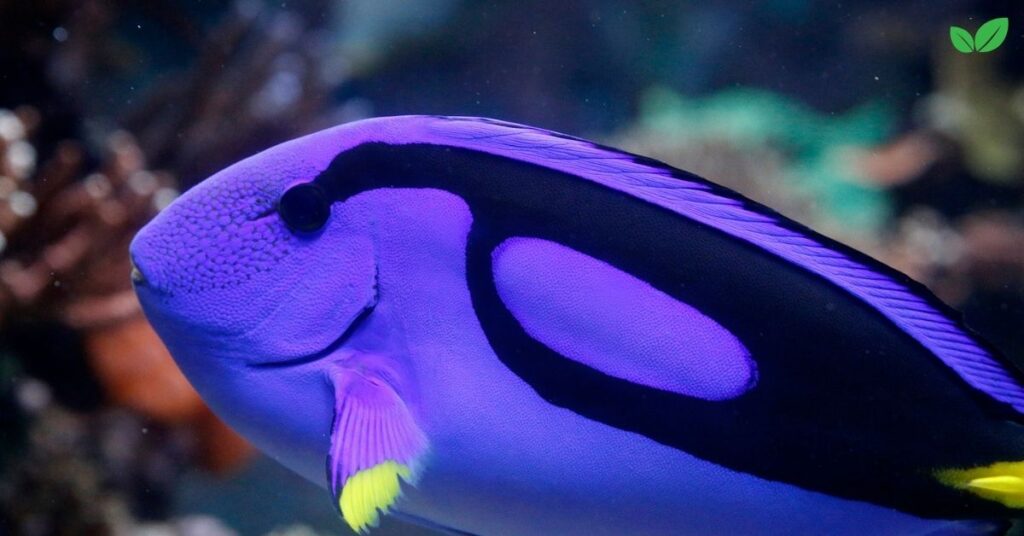
2.1 Geographic Range
The hippo tang is widely distributed across the tropical and subtropical Indo-Pacific region. It is found in the waters of:
- The Great Barrier Reef (Australia)
- The Philippines and Indonesia
- The Indian Ocean (Maldives, Seychelles)
- The Pacific Ocean (Hawaiian Islands, Japan, and French Polynesia)
2.2 Habitat Preferences
Paracanthurus hepatus are reef-associated fish that inhabit coral reefs and lagoons at depths ranging from 2 to 40 meters. Key features of their preferred habitats include:
- Coral Cover: Reefs with abundant coral formations provide shelter and foraging opportunities.
- Clear Waters: These fish thrive in areas with good visibility and stable water temperatures between 75°F and 82°F (24°C to 28°C).
- Crevices and Caves: Hippo tangs use coral crevices for hiding and resting, especially when threatened.
Their dependence on coral reefs makes them vulnerable to habitat degradation caused by human activities and climate change.
3. Physical and Behavioral Adaptations
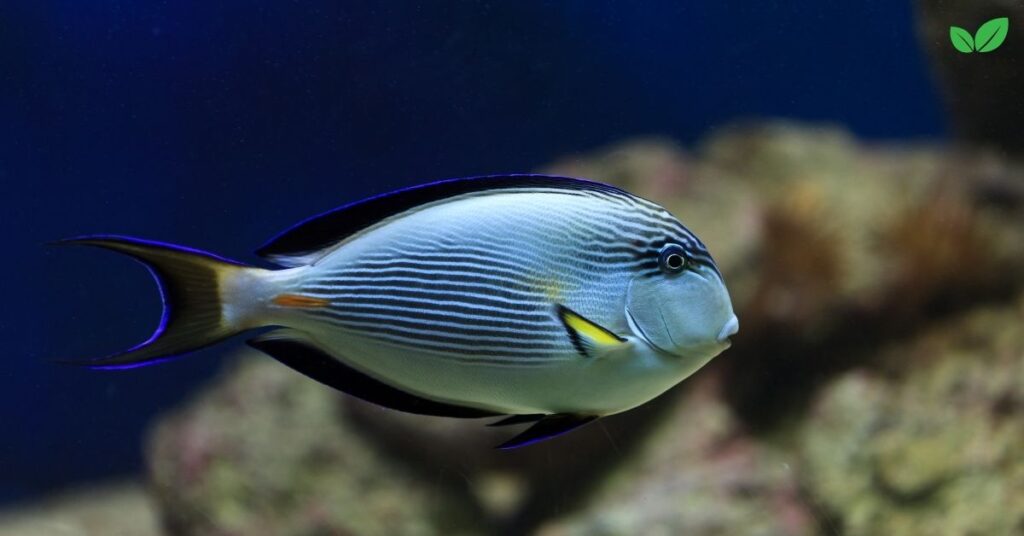
3.1 Physical Characteristics
The hippo tang’s vibrant coloration serves various purposes, from communication to camouflage:
- Blue Body with Black Markings: The bright blue body with black “palette” markings provides visual recognition among individuals and helps them blend into the reef.
- Yellow Tail: The striking yellow tail can distract predators, drawing attention away from more vulnerable parts of the body.
- Scalpel-Like Spines: Located near the base of the tail, these spines are used for defense against predators or territorial disputes.
3.2 Behavior and Social Structure
Hippo tangs exhibit a mix of solitary and social behaviors:
- Juvenile Shoals: Young Paracanthurus hepatus often form shoals, providing safety in numbers and facilitating foraging.
- Adult Behavior: Mature individuals are more territorial, often seen swimming alone or in pairs.
- Nocturnal Hiding: During nighttime, hippo tangs retreat into coral crevices, reducing their exposure to nocturnal predators.
4. Diet and Feeding Habits
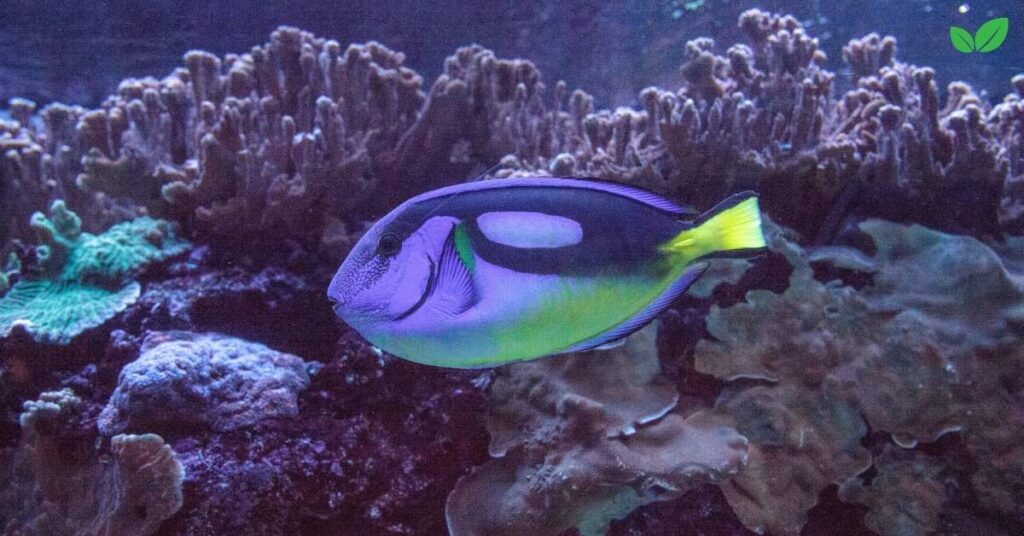
4.1 Herbivorous Feeding
Paracanthurus hepatus are primarily herbivorous, feeding on algae that grow on coral surfaces. Their diet includes:
- Filamentous Algae: They graze on algae mats, preventing overgrowth that can smother corals.
- Plankton: Juvenile tangs supplement their diet with zooplankton, aiding their rapid growth.
4.2 Role in Coral Reef Ecosystems
By controlling algae populations, Paracanthurus hepatus plays a vital role in maintaining the health and balance of coral reefs. Excessive algae growth can hinder coral growth and disrupt the reef ecosystem, making the tang’s grazing activity essential for reef resilience.
5. Ecological Importance of the Hippo Tang
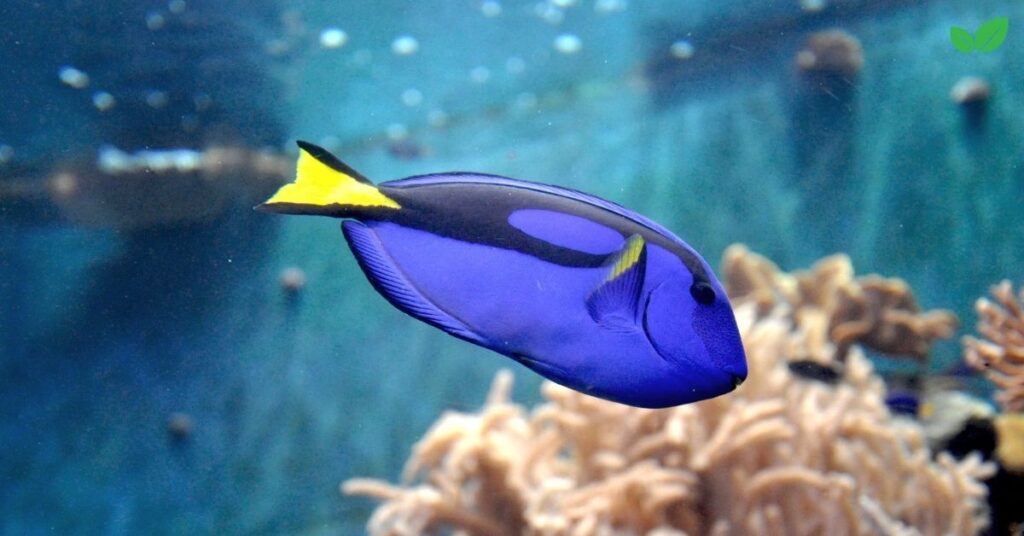
5.1 Algae Control and Reef Health
The hippo tang’s feeding habits contribute to a balanced coral-algae dynamic. This balance supports biodiversity, as coral reefs host thousands of marine species that rely on a healthy reef structure.
5.2 Prey and Predator Relationships
Hippo tangs occupy a mid-level position in the reef food web. They serve as prey for larger fish, such as groupers and sharks, while their predation on algae supports the reef’s autotrophic base.
6. Threats to Hippo Tangs and Coral Reefs
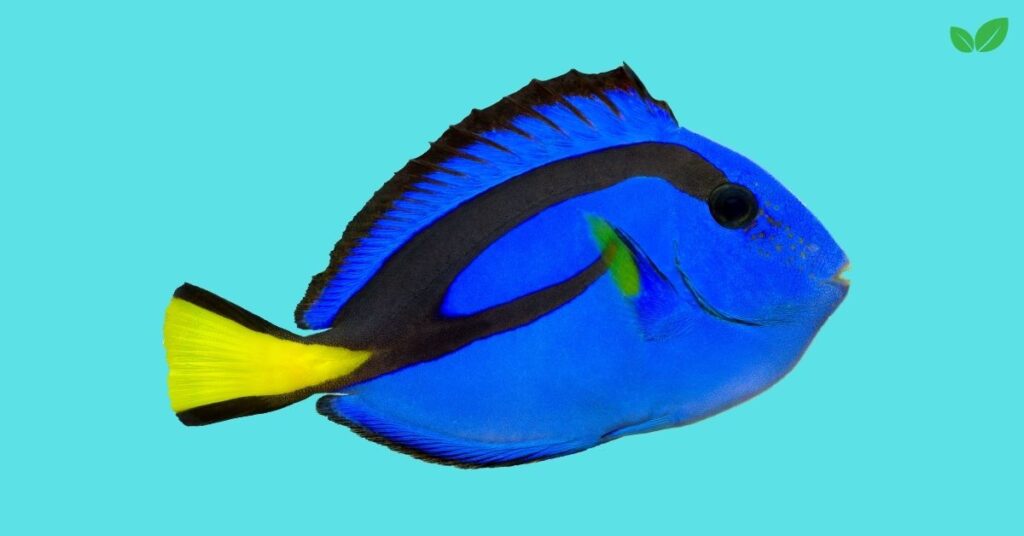
6.1 Habitat Destruction
Coral reefs, the primary habitat of the hippo tang, face significant threats from:
- Coral Bleaching: Rising sea temperatures cause coral bleaching, reducing the availability of shelter and food.
- Coastal Development: Activities such as dredging and pollution degrade reef ecosystems.
6.2 Overfishing and Collection for the Aquarium Trade
The popularity of the hippo tang in the aquarium trade has led to overfishing in some areas. Unsustainable collection practices can deplete local populations and disrupt reef dynamics.
6.3 Climate Change
Climate change exacerbates the challenges facing hippo tangs by altering ocean temperatures, acidifying waters, and increasing the frequency of extreme weather events.
7. Conservation Efforts for Hippo Tangs
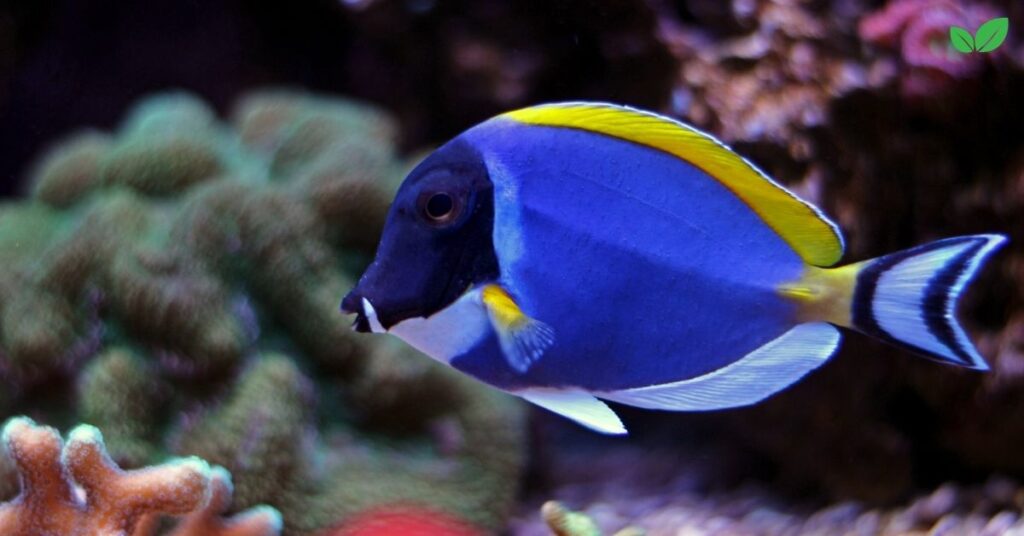
7.1 Coral Reef Protection
Efforts to protect coral reefs indirectly benefit hippo tangs. Initiatives include:
- Marine Protected Areas (MPAs): Establishing MPAs helps safeguard critical habitats from fishing and human interference.
- Coral Restoration Projects: Programs to grow and transplant coral improve habitat quality and resilience.
7.2 Sustainable Aquarium Trade
Organizations and governments promote sustainable practices in the aquarium trade through:
- Captive Breeding Programs: Breeding hippo tangs in captivity reduces the need for wild-caught specimens.
- Regulations and Certifications: Initiatives such as the Marine Aquarium Council (MAC) certification encourage responsible sourcing.
7.3 Public Awareness and Education
Raising awareness about the ecological importance of Paracanthurus hepatus and coral reefs fosters support for conservation efforts. Campaigns often highlight the interconnectedness of marine species and the broader ocean ecosystem.
8. Hippo Tangs in Captivity
While hippo tangs are popular in home aquariums, their care requires specific conditions:
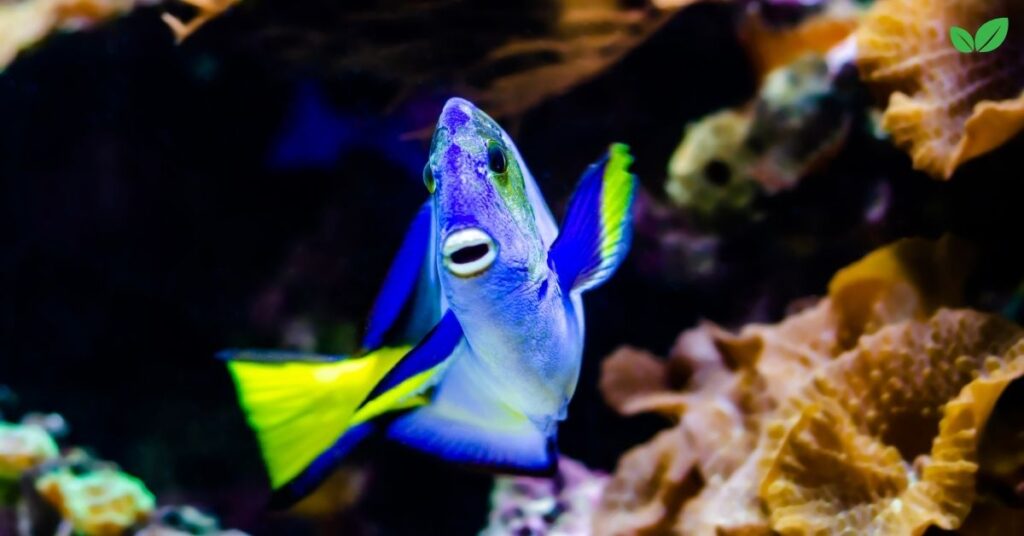
8.1 Tank Requirements
- Tank Size: A minimum tank size of 100 gallons is recommended for adult hippo tangs, as they require ample space for swimming.
- Water Quality: Maintaining stable pH, temperature, and salinity levels is crucial for their health.
- Diet: Providing a diet rich in algae and supplemented with marine-based flakes or pellets ensures proper nutrition.
8.2 Ethical Considerations
Prospective aquarium owners should consider the environmental impact of sourcing hippo tangs and prioritize captive-bred specimens to reduce pressure on wild populations.
9. Conclusion: Protecting the Vibrant World of the Hippo Tang
The hippo tang, with its vibrant colors and essential ecological role, embodies the beauty and interconnectedness of coral reef ecosystems. Its survival depends on the health of these habitats and the collective efforts of individuals, governments, and organizations to combat the challenges facing our oceans. By valuing and protecting the Paracanthurus hepatus, we safeguard not only a species but also the intricate marine ecosystems that sustain life on Earth.
Read More: Brachydanio rerio: A Detailed Exploration of Its Environmental Niche

